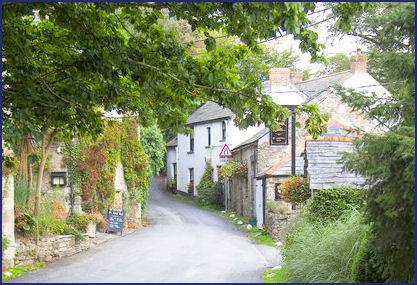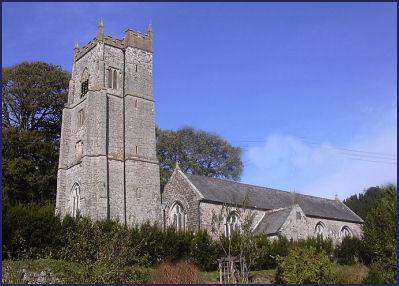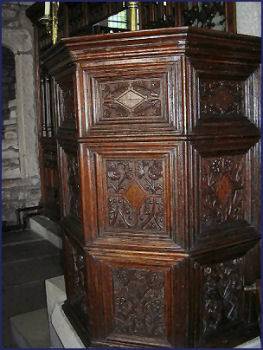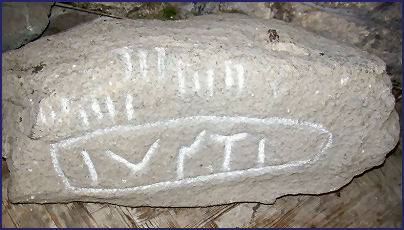St Kew Churchtown
OS Grid ref:- SX0276
 The characterful and delightful village of St. Kew Churchtown is situated near the north coast of Cornwall just south of Port Isaac and five miles to the north of the town of Wadebridge.
The characterful and delightful village of St. Kew Churchtown is situated near the north coast of Cornwall just south of Port Isaac and five miles to the north of the town of Wadebridge.
The village derives its name from the fifth century Saint Cywa or Kew, possibly the sister of Docco or Docuin, of Gwent in south east Wales, who founded a monastery at or near the village of St Kew. Known in Cornish as Lanndogho the settlement is anciently called Lanow or Lanew, by which name it is referred to in the Domesday Book. The monastery founded by St. Kew is believed to have been destroyed circa 958-975 during the Saxon invasion of Cornwall under King Edgar.
The village church of St. James may occupy the site of the Dark Age monastery, although other possible sites include a farm called Lanow, the name of the Parish in the Domesday Book, about half a mile from the Church, the grounds of Trewane, near Trelill, or near St Endellion Church. St James Church at St. Kew Churchtown is an impressive fifteenth century structure. Another noteable building is the vicarage, a handsome Georgian building now a private house it was built by Rev. Scobell in the early years of the nineteenth century.
The attractive village pub, the St Kew Inn, dates back to the fifteenth century, it was originally built to house the workers of the church next door and was previously used as a smoke house. The inn serves excellent food and has a large garden with a lawn and seating to the rear.
The nearby village of St. Kew Highway, located just over a mile to the northeast, is home to the Neddi Donkey Sanctuary and also boasts an excellent golf course.
Images copyright William Bartlett
The church of St. James
The impressive perpendicular style parish church, dedicated to St James, dates back to the fifteenth century.

St Kew church has the finest medieval stained glass windows in Cornwall, these include one depicting the Passion of Christ. The windows, which contain fifteenth century glass, reputed to have been removed from St Petrocs Church in Bodmin in 1469. The windows were restored in 2005. The wagon roof is panelled in a latticework design. The richly carved pulpit dates to Elizabethan times whilst the font and bench ends are fifteenth century.
The Elizabethan Pulpit

The communion plate, dating from 1598, is a fine sample of Renaissance silver work. There is also a curious Ogham stone, which was found in a local farm, in the church.
The Ogham Stone from St. James

Outside the church stands the war memorial to those who lost their lives in the First World War,